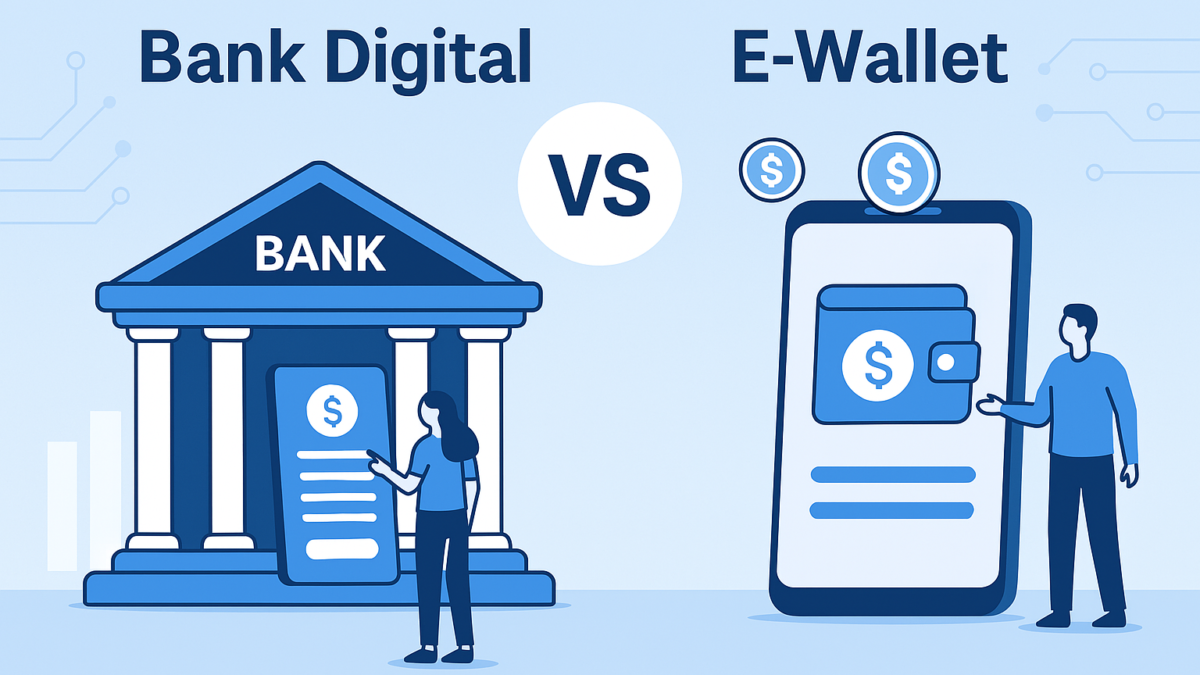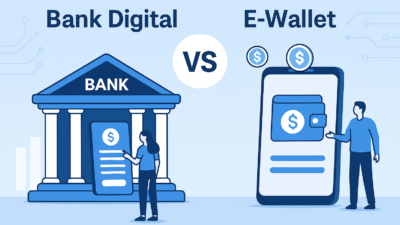
Overview
E-commerce is no longer just an option for businesses—it’s a necessity. With global online sales projected to exceed $6 trillion in 2024, entrepreneurs and businesses have more opportunities than ever to carve out a slice of this booming market. However, succeeding in e-commerce requires more than just setting up a website. This guide dives into the essentials for breaking into the e-commerce market in 2024, focusing on what’s new, what works, and how to build a brand that lasts.
1. Niche is King: Find Your Unique Market
E-commerce success starts with identifying a niche that resonates with your audience and has unmet demand.
How to Find Your Niche:
- Analyze Trends: Use tools like Google Trends or TrendHunter to identify rising industries. For 2024, look at niches like sustainable products, health tech, or personalized goods.
- Check Competitor Gaps: Study competitors and pinpoint areas where they fall short (e.g., product variety, customer experience).
- Test Demand: Use platforms like Kickstarter or social media polls to validate interest in your idea.
Example: Instead of selling generic fitness gear, focus on eco-friendly yoga mats made from biodegradable materials.
2. Build a Customer-Centric Brand
The modern e-commerce customer wants more than just products—they crave experiences and values they can relate to.
How to Create a Memorable Brand:
- Define Your Story: Share why your brand exists and what problem it solves.
- Design for Consistency: Use cohesive colors, fonts, and messaging across your website, social media, and packaging.
- Embrace Transparency: Share your sourcing, sustainability efforts, or social impact to connect with conscious consumers.
Pro Tip: Engage with your audience directly on platforms like Instagram or TikTok by showcasing behind-the-scenes content or user-generated stories.
3. Optimize Your E-commerce Platform
A seamless shopping experience is non-negotiable in 2024. Customers expect speed, reliability, and intuitive design.
E-commerce Platform Essentials:
- Choose scalable platforms like Shopify, WooCommerce, or BigCommerce.
- Optimize for mobile-first users since over 60% of e-commerce sales are now made on mobile devices.
- Integrate AI-powered search tools to help users find products faster.
Pro Tip: Use heatmap tools like Hotjar to identify and fix problem areas on your website, such as abandoned cart issues or confusing navigation.
4. Offer Multiple Payment Options
With the rise of digital wallets and cryptocurrencies, flexible payment options can make or break your e-commerce success.
Must-Have Payment Methods:
- Credit and debit cards (Visa, Mastercard, etc.).
- Digital wallets like PayPal, Apple Pay, and Google Pay.
- Cryptocurrencies for tech-savvy consumers.
- Buy Now, Pay Later (BNPL) options like Klarna or Afterpay.
Pro Tip: Highlight secure payment features on your website to build trust.
5. Masterful Marketing is Key
Marketing drives traffic, and traffic drives sales. In 2024, it’s all about personalization and authenticity.
Effective Marketing Strategies:
- Social Commerce: Use Instagram and TikTok Shopping to sell directly within these platforms.
- Email Marketing: Build a subscriber list and send personalized offers using tools like Mailchimp or Klaviyo.
- Influencer Collaborations: Partner with micro-influencers to reach niche audiences authentically.
Pro Tip: Experiment with short-form video content—it’s dominating user engagement on platforms like TikTok and YouTube Shorts.
6. Prioritize SEO and Content Marketing
Organic traffic remains one of the most cost-effective ways to grow your e-commerce business.
SEO Essentials:
- Use keyword research tools like Ahrefs or Ubersuggest to target high-intent keywords.
- Write compelling product descriptions with long-tail keywords (e.g., “sustainable yoga mat for beginners”).
- Start a blog offering tips, tutorials, or industry insights to establish authority.
Pro Tip: Incorporate video content into product pages to improve rankings and conversion rates.
7. Embrace AI and Automation
Artificial intelligence and automation tools are transforming the e-commerce landscape, making operations smoother and more efficient.
AI Tools for E-commerce:
- Chatbots: Use tools like Zendesk or LiveChat to provide 24/7 support.
- Personalized Recommendations: Platforms like Nosto analyze user behavior to suggest products tailored to each customer.
- Inventory Management: Automate stock tracking with software like TradeGecko or Zoho Inventory.
Pro Tip: Test AI-driven dynamic pricing to adjust prices based on demand and maximize profits.
8. Deliver Exceptional Customer Support
Customer retention is just as important as acquisition, and great support is key to keeping buyers loyal.
Customer Support Best Practices:
- Offer multiple channels for support: live chat, email, and social media.
- Use FAQ pages and knowledge bases to address common questions.
- Monitor response times—today’s customers expect fast solutions.
Pro Tip: Surprise repeat customers with handwritten thank-you notes or small gifts to foster loyalty.
9. Focus on Logistics and Fulfillment
Fast and reliable delivery is no longer optional—it’s a basic expectation.
Fulfillment Strategies:
- Partner with logistics providers like ShipBob or Fulfillment by Amazon (FBA) for streamlined shipping.
- Offer free or discounted shipping for orders above a certain amount.
- Provide real-time tracking updates to customers.
Pro Tip: Consider sustainable packaging to appeal to eco-conscious buyers.
10. Leverage Data Analytics
Understanding your customers’ behavior is critical to making informed decisions and driving growth.
How to Use Analytics:
- Track website metrics like bounce rates, conversion rates, and average order value using Google Analytics.
- Monitor customer behavior to identify high-performing products or pages.
- Use A/B testing to optimize landing pages and email campaigns.
Pro Tip: Regularly review data to refine your strategies and respond to trends quickly.
Final Thoughts
Breaking into the e-commerce market in 2024 is both exciting and competitive. By focusing on a niche, delivering exceptional customer experiences, and leveraging modern tools like AI and data analytics, you can build a profitable online store that stands out from the crowd.
The e-commerce revolution is here—are you ready to make your mark? Start today by focusing on one essential at a time, and watch your business thrive in this digital-first era.















